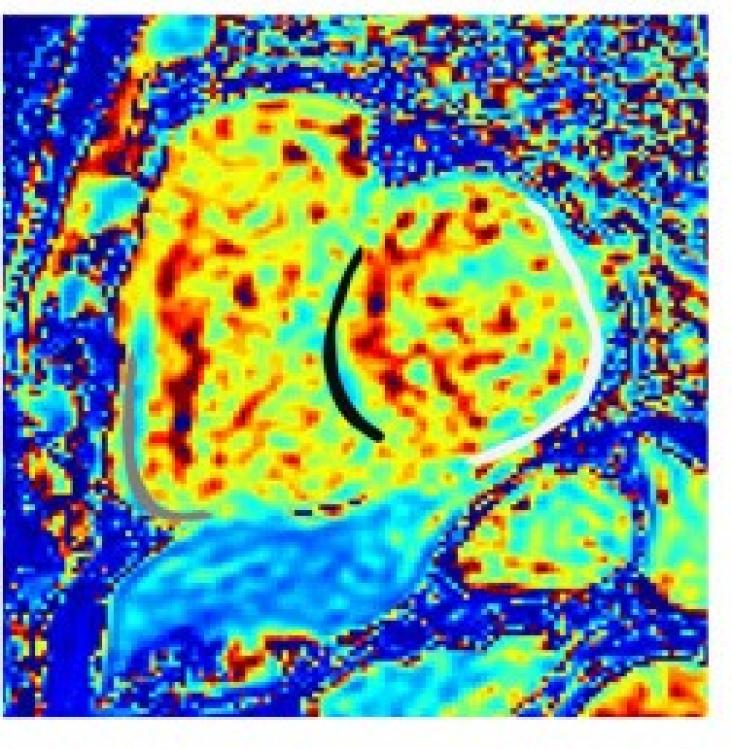Background: Globally, about 30% of women have experienced physical or sexual violence, or both, from an intimate partner during their lifetime.
This chapter addresses goal 3 by discussing novel therapeutics for Alzheimer's Disease.
Elsevier,
Contaminants of Emerging Concern in Water and Wastewater Advanced Treatment Processes, 2020, Pages 139-176
This book chapter advances SDG 3 and 6 by presenting state-of-the-art design and use of adsorbents, membranes, and UV/oxidation processes, along with the challenges that will need to be addressed to close the gap between development and implementation in water/wastewater treatment applications.
Correspondence on the burden of tuberculosis on the Māori population, in the context of SDGs 3 and 10, highlighting the need to incorporate innovative technologies and develop strategies that align with Māori values to address tuberculosis health inequalities in Indigenous peoples.
This article ties to SDG 3 & 4 by reviewing school-based programs aimed at improving the mental health and psychosocial wellbeing of adolescent forced migrants in high-income countries. Found gaps can be used to improve the quality of these programs and thus the quality of education and support for adolescent forced migrants.

This study examines the relationship the extracellular volume fraction (ECV) measured using cardiac magnetic resonance (CMR) T1 mapping and cardiac events in symptomatic adults with tetralogy of Fallot (the most common form of cyanotic congenital heart disease). A correlation is found between right ventricular (RV) volume and ejection fraction (EF); with RV- and septum-extracellular volumes (ECV) in this disease. In particular, the combination of septum-ECV and RVEF was a useful predictor, compared to the use of a single CMR parameter. This study supports SDG 3 Good health and wellbeing.
This content aligns with Goal 3: Good Health as well as Goal 10: Reduced Inequalities by discussing current vaccine strategies for eliciting HIV-1 high mannose patch neutralizing antibodies.
This chapter addresses SDG10 and SDG3 by investigating how racial and ethnic diparities affect the incidence, prevalence, and course of chronic kidney disease (CKD) worldwide.
This book chapter reviews the literature supporting a genetic basis for obsessive-compulsive disorder, advancing SDG 5, gender equality.

Purpose: Although the wind, rain, and flooding of Hurricane Maria in Puerto Rico abated shortly after its landfall on September 20, 2017, the disruption of the electrical, communications, transportati
